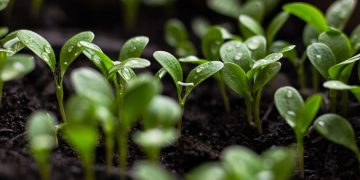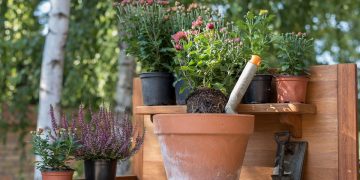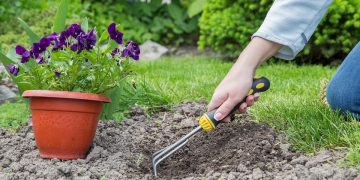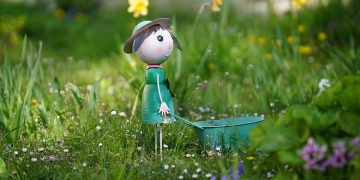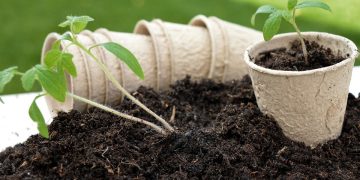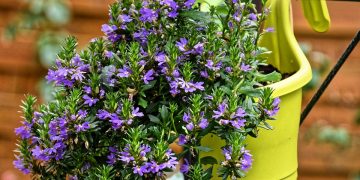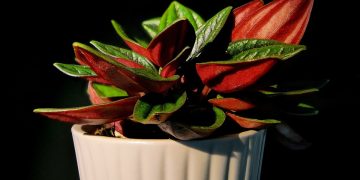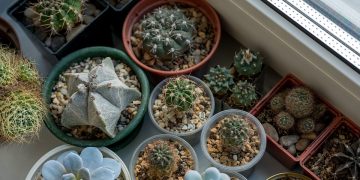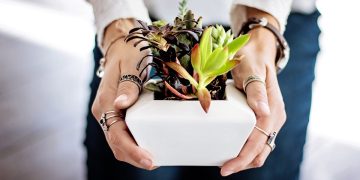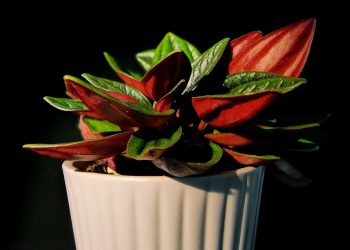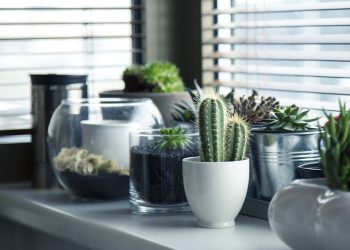Unlocking the Secrets of Plant Light Requirements: How to Help Your Plants Thrive
When it comes to growing healthy plants, light is one of the most important factors to consider. Different plants have different light requirements, and providing the right amount of light is crucial for their growth and development. In this article, we will explore the secrets of plant light requirements and how you can help your plants thrive by understanding and meeting their lighting needs.
Understanding Plant Light Requirements
Plants need light to photosynthesize, a process that converts light energy into chemical energy to fuel their growth. The amount of light a plant needs depends on its species and stage of growth. Some plants require full sun, while others thrive in low light conditions. It is important to understand the specific light requirements of your plants in order to provide them with the optimal growing conditions.
Types of Light
There are different types of light that plants need for photosynthesis. The most important type of light is sunlight, which provides a full spectrum of light that plants can use for energy. In addition to sunlight, plants also benefit from artificial light sources, such as grow lights, which can supplement natural light or provide light in low light conditions.
Common Questions About Plant Light Requirements
Here are some common questions about plant light requirements:
How much light do plants need?
The amount of light a plant needs depends on its species and stage of growth. Some plants, such as succulents and cacti, require full sun, while others, like ferns and peace lilies, thrive in low light conditions. It is important to research the specific light requirements of your plants and provide them with the right amount of light to ensure their health and growth.
Can plants get too much light?
While plants need light to photosynthesize, they can get too much light, which can lead to sunburn and damage to their leaves. It is important to monitor the amount of light your plants receive and provide them with the right amount of light for their specific needs. If your plants are getting too much light, you can move them to a shadier spot or provide them with a shade cloth to protect them from excessive sunlight.
How can I tell if my plants are getting enough light?
One way to tell if your plants are getting enough light is to observe their growth and development. Healthy plants will have vibrant green leaves and strong stems, while plants that are not getting enough light may have pale leaves, leggy growth, or slow growth. If you notice any of these signs, you may need to adjust the amount of light your plants are receiving.
How to Help Your Plants Thrive
Here are some tips for helping your plants thrive by meeting their light requirements:
Research the light requirements of your plants
Before you start growing plants, it is important to research the specific light requirements of each plant species. Some plants require full sun, while others thrive in low light conditions. By understanding the light requirements of your plants, you can provide them with the optimal growing conditions and help them thrive.
Provide the right amount of light
Once you have researched the light requirements of your plants, it is important to provide them with the right amount of light. This may involve placing your plants in a sunny spot, supplementing natural light with grow lights, or providing shade to protect them from excessive sunlight. By meeting the light requirements of your plants, you can ensure their health and growth.
Monitor the light your plants receive
It is important to monitor the amount of light your plants receive on a daily basis. This may involve moving your plants to different spots in your home or garden to ensure they are getting the right amount of light. By monitoring the light your plants receive, you can make adjustments as needed to help them thrive.
Conclusion
Understanding and meeting the light requirements of your plants is essential for their health and growth. By researching the specific light requirements of your plants, providing them with the right amount of light, and monitoring the light they receive, you can help your plants thrive and create a vibrant and healthy garden. Remember to always research the specific light requirements of your plants and provide them with the optimal growing conditions to ensure their success.
With these tips and strategies, you can unlock the secrets of plant light requirements and help your plants thrive in any environment.




